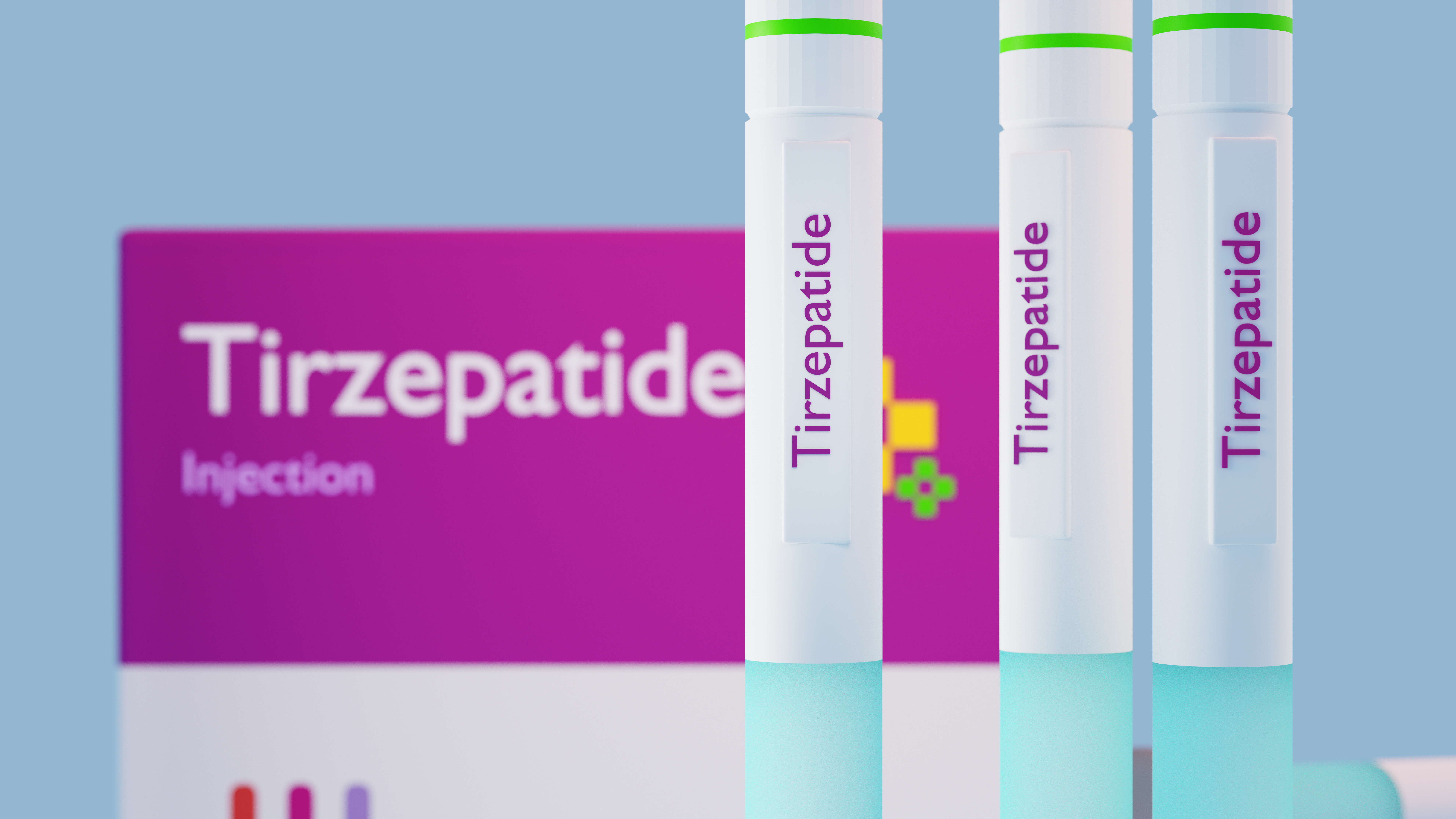Scientists have unveiled what may be the most powerful weight loss medication ever developed. Retatrutide, a first-of-its-kind triple-hormone drug, is delivering unprecedented results that are forcing doctors to rethink what's possible in obesity treatment, with some patients losing over 30% of their body weight.
The 7 Most Exciting Possibilities of Retatrutide
1. Unprecedented Weight Loss
In clinical trials, patients taking the highest dose of Retatrutide lost an average of 24.2% of their body weight in 48 weeks—greater than the weight loss seen with existing GLP-1 receptor agonists like semaglutide (Wegovy) and tripeptide (Mounjaro). Some patients lost over 30% of their weight, which is approaching results typically seen with bariatric surgery.
2. Triple Hormone Targeting for Enhanced Effectiveness
Retatrutide is the first drug to target GLP-1, GIP, and glucagon receptors, potentially making it more powerful than existing weight-loss medications that only target one or two of these pathways. The glucagon effect may help with additional fat metabolism and energy expenditure beyond what current medications achieve.
3. Potential Benefits for Fatty Liver Disease
A recent study showed that up to 93% of patients taking higher doses of Retatrutide had their liver fat reduced to below 5%—a major breakthrough for treating non-alcoholic fatty liver disease (NAFLD). This could mean that the drug might help prevent or reverse serious liver damage in high-risk individuals.
4. Improvements in Heart Health
Early data suggests lower blood pressure, reduced cholesterol, and potential cardiovascular benefits similar to other GLP-1 drugs. Retatrutide is being investigated for its ability to reduce heart disease risk, particularly in patients with obesity and metabolic syndrome.
5. Potential Benefits for Diabetes Management
While primarily tested for weight loss, its triple receptor activation could make it even more effective for blood sugar control than tirzepatide (Mounjaro), which already outperforms older diabetes medications. This could be a game-changer for type 2 diabetes treatment.
6. Possible Muscle Preservation
Some researchers speculate that, due to its unique mechanism, Retatrutide might help patients lose fat while preserving muscle mass, unlike some existing GLP-1 drugs that can cause muscle loss along with weight reduction.
7. Could Be Used for More Metabolic Conditions
Given its broad metabolic effects, researchers are exploring whether Retatrutide could also help with polycystic ovary syndrome (PCOS), metabolic syndrome, and even sleep apnea.
Side Effects and Safety Profile
Retatrutide has been generally well-tolerated in clinical trials. The most commonly reported side effects include mild to moderate gastrointestinal symptoms such as nausea, vomiting, and diarrhea. These adverse events are consistent with those observed in other GLP-1 receptor agonists and tend to diminish over time as patients adjust to the medication.
Comparison with Tirzepatide and Semaglutide
Retatrutide distinguishes itself from existing treatments like Tirzepatide and semaglutide through its triple hormone receptor agonism. While semaglutide targets only the GLP-1 receptor and Tirzepatide targets both GLP-1 and GIP receptors, Retatrutide additionally targets the glucagon receptor. This broader mechanism may contribute to greater weight loss and metabolic improvements. For instance, in clinical trials, Retatrutide achieved up to a 24.2% reduction in body weight over 48 weeks, whereas Tirzepatide users saw an average weight loss of 19.5% and 20.9% after 72 weeks of treatment (10-mg and 15-mg dose, respectively).
With these promising benefits, Retatrutide could represent the next big leap in obesity and metabolic disorder treatments. If further trials confirm its safety and effectiveness, it could set a new gold standard emerge and as a leading therapy in the management of obesity and related metabolic disorders.
Sources:
VCU Health - Retatrutide 'wiped out' fat in liver of obese patients
Nature Medicine - Triple hormone receptor agonist retatrutide for metabolic dysfunction-associated steatotic liver disease: a randomized phase 2a trial
Read next in Medical Weight Loss

Metabolic Flexibility: What It Is & How to Train for It
By Dr. Robb Bird

Tirzepatide FAQ: Start Here
By Dr. Robb Bird

Improving Energy and Metabolism with Thyroid Hormone Therapy
By Dr. Robb Bird
Medically reviewed by Dr. Robb Bird, NMD FAARM
Medical Director, Transformyou
